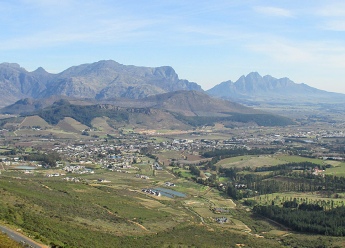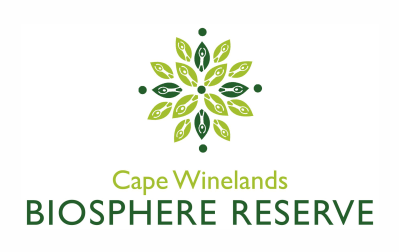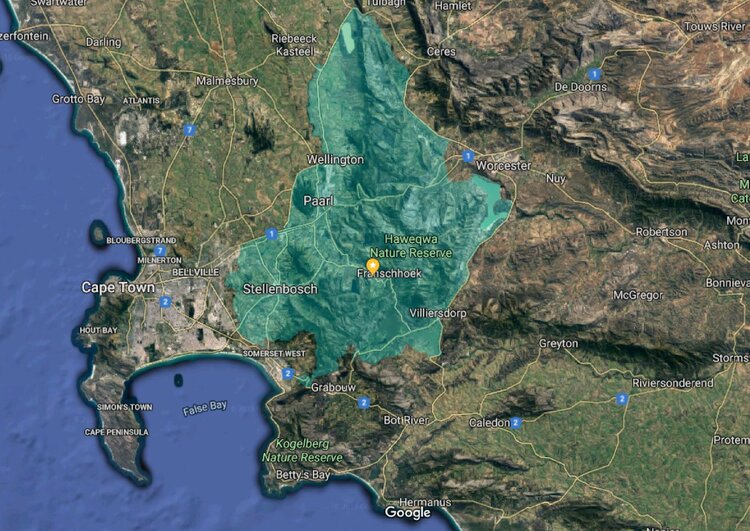Cape Winelands Biosphere Reserve
The Cape Winelands Biosphere is a region of immense beauty and slopes across elevations from 20 m to 1 860 m above sea level.

Introduction
This region of immense beauty slopes across elevations from 20 m to 1 860 m above sea level. A wonderful diversity is included, from the high Cape Fold Mountains, to deep river valleys, rolling hills, commercial forests, world-
Stats
UNESCO Designation: 2007
Management Entity: Cape Winelands Biosphere Reserve Non-
Total Area: 322 032 ha
Core Zone: 99 459 ha
Buffer Zone: 133 844 ha
Transition Zone: 88 729 ha
Contact
Email: info@capewinelandsbiosphere.co.za
Tel: +27 (0)21 876 3200
Postal: PO Box 273, Franchhoek, Western Cape, 7690
Website: www.capewinelandsbiosphere.co.za
Flagship Projects
Four main focus areas have been identified for the CWBR; namely education, preservation of river systems, awareness of the Biosphere Reserve, and development of partnerships. The CWBR is implementing a tour guide-
In 2018, the CWBR built an Early Childhood Development School where children are taught in their home languages. At present, the CWBR is involved with researching the use of centrifugal toilets to reduce sewerage seepage from informal settlements and prevent sewerage from reaching watercourses. This project has the potential to create micro-


